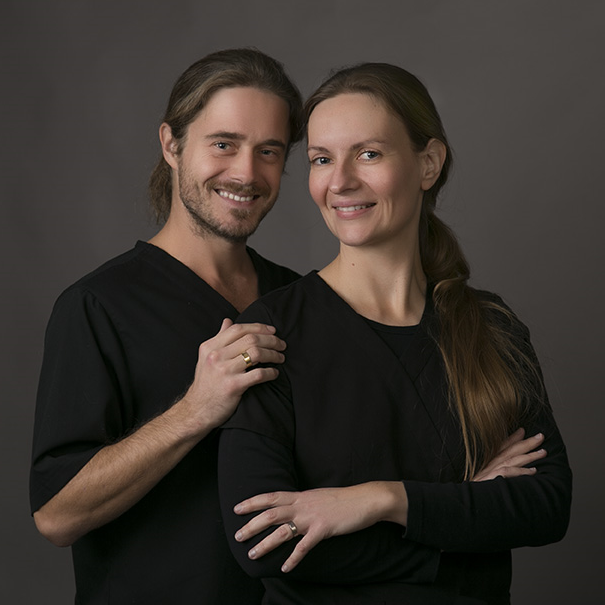Acupuncture began in ancient China. There is evidence of treatments dating back at least 5,000 years. Over the centuries the practice was refined until sometime in the second century BCE when Traditional Chinese Medicine began to be standardized. It was during this era that some of the texts that are still studied today were first written. What began by utilizing bone and stone needles has evolved into a modern form of treatment utilizing extremely thin metal needles (usually stainless steel) that are usually not even felt when they are put in place. Today acupuncture is a recognized treatment for a wide range of ailments, far beyond just pain management, the most commonly known of its uses.
During an acupuncture treatment, after assessing your current condition, your acupuncturist will select a number of points from the over 365 points over the body. Most of the points are arranged in lines that run in each direction from your head to your fingers and toes, other points are found on the ear, or other locations on the body. These lines or meridians are named after organs in the body. Though there is overlap, the meridians do not directly relate to the physical organ in a Western medical context. So, if your acupuncturist is treating points on your Liver meridian it doesn't necessarily mean there is anything wrong with your physical liver. In TCM the Liver is a concept that is tied to emotional as well as physical issues. The same goes for the other organ/meridian relationships. After selecting which points to use in the treatment for that day, your acupuncturist will insert the needles at those points. Sometimes there is a small pinch, but more often than not you don't feel anything beyond a tap on your skin. The needles will be left in for anywhere from 20-45 minutes depending on your ailment and your physical condition. Sometimes electricity will be added to increase the stimulation of the points. In those cases the sensation is normally a small vibration, rather than a "shock" feeling. You acupuncturist may also manipulate the needles by moving or twisting them to get yet another type of response. After your treatment is complete your needles will be removed and disposed of in medical waste containers, needles are never reused in our clinics. When getting up from treatment, a small number of people feel slightly dizzy, though this passes quickly; most simply feel relaxed and refreshed.
Patients very often feel improvement in their condition after the first treatment, however, in most cases more than one treatment is required. Acupuncture works by "teaching" your body how to heal itself, and this isn't something that it can do in a few minutes when a condition has been building for months or years. Patients will usually need to have a number of treatments, each week, for the first few weeks, then decrease to only coming in for occasional acupuncture "check-ups" or maintenance treatments, once the condition you are being treated for is relieved.
